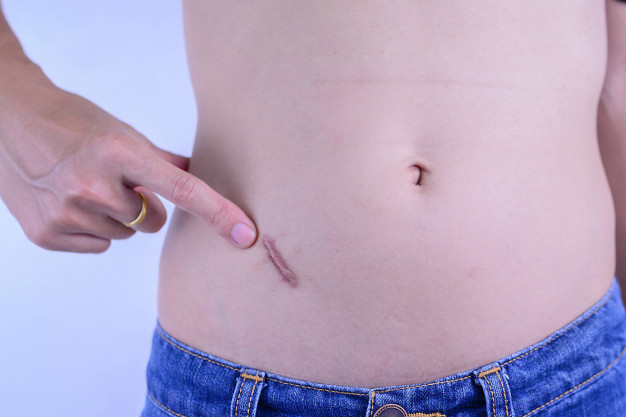What Are Shingles?
Shingle is an infection caused by the varicella-zoster virus, which is the same virus that causes chickenpox. Even after the chickenpox infection is treated, the virus may live in your nervous system for years before reactivating as shingles. Shingles may also be referred to as herpes zoster. This type of viral disease is identified by a red skin rash that can induce pain and burning. Shingles usually appear as a stripe of blisters on one side of the body, typically on the torso, neck, or face.
Types of Shingles
- Shingles on Your Face
Shingles usually occur on one side of your back or chest, but you can also get a rash on one side of your face.
- Shingles of the Eye
Shingles in and around the eye referred to as ophthalmic herpes zoster or herpes zoster ophthalmicus occurs in about 10 to 20 percent of people with shingles.
- Shingles on Your Back
While shingles rashes usually develop around one side of your waistline, a stripe of blisters may appear along one side of your back or lower back.
- Shingles on Your Buttocks
You can get a shingles rash on your buttocks. Shingles usually only affect one side of your body, so you may have a rash on your right buttock but not on your left.
- Stages of Shingles
Most shingles cases last from 3 to 5 weeks. After the varicella-zoster virus initially reactivates, you may think a tingling, burning, numb, or itchy sensation under your skin. Shingles usually develop on one side of your body, often on your waist, back, or chest.
- Are Shingles Painful?
Some people with shingles only experience mild symptoms, such as tingling or itchy skin. But for others, it can be very painful. Even a gentle breeze can cause pain. Some people experience intense pain without developing a rash.
Symptoms of Shingles
The first symptoms of shingles are normally pain and burning. The pain is usually on one facet of the body and occurs in tiny patches. A red rash typically follows.
Rash Features Include:
●Red patches
●Fluid-filled blisters that break quickly
●Wraps around from the spine to the torso
●On the face and ears
●Itching
Some people feel symptoms beyond pain and rash with shingles. These may include:
●Fever
●Chills
●Headache
●Fatigue
●Muscle frailty
How Contagious Are Shingles?
Shingles are not contagious, but the varicella-zoster virus that causes it can be spread to another person who hasn’t had chickenpox, and they could develop the disease. You can’t get shingles from someone with shingles, but you can get chickenpox.
Can You Get Shingles From the Vaccine?
Two vaccines have been approved by the Food and Drug Administration (FDA) to prevent shingles: Zostavax and Shingrix. These vaccines are recommended for adults 50 and older.
Shingles Treatment
There’s no medicine for shingles, but treating it as soon as possible can help limit complications and expedite your recovery. Ideally, you should be treated within 72 hours of developing symptoms. Your doctor may prescribe medications to ease symptoms and shorten the length of the disease.
Shingles Home Remedies
Home treatment can help ease your shingles symptoms. These remedies include:
●Taking cool baths or showers to clean and soothe your skin
●Applying cold, wet compresses to the rash to reduce pain and itching
●Applying calamine lotion, or a paste made of baking soda or cornstarch and water, to reduce itching
●Taking colloidal oatmeal baths to ease pain and itching
●Eating foods with vitamins A, B-12, C, and E, as well as the amino acid lysine to strengthen your immune system
